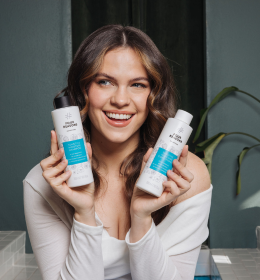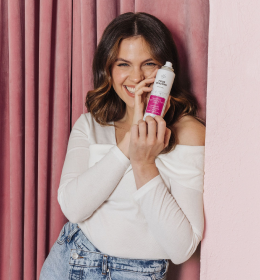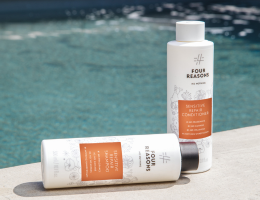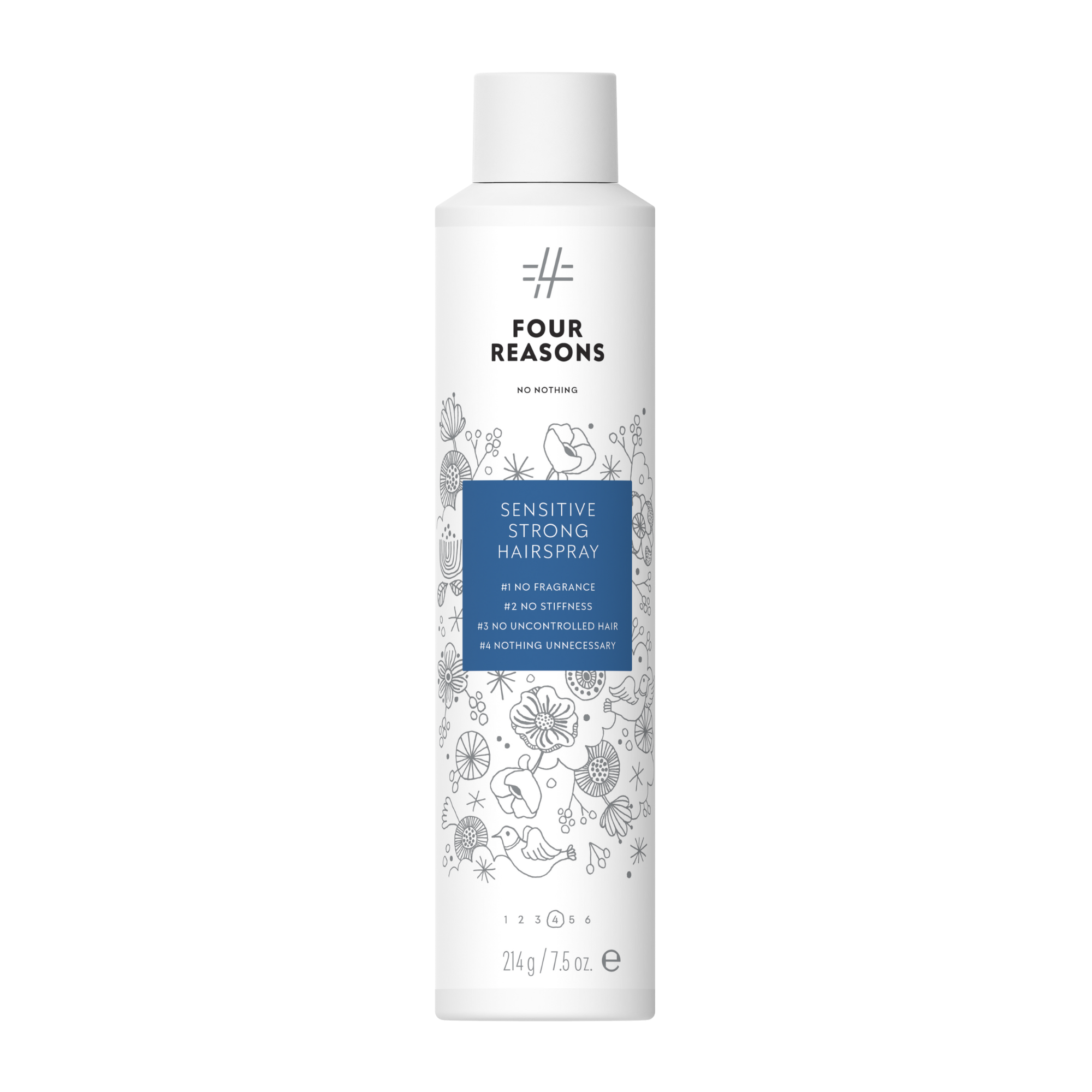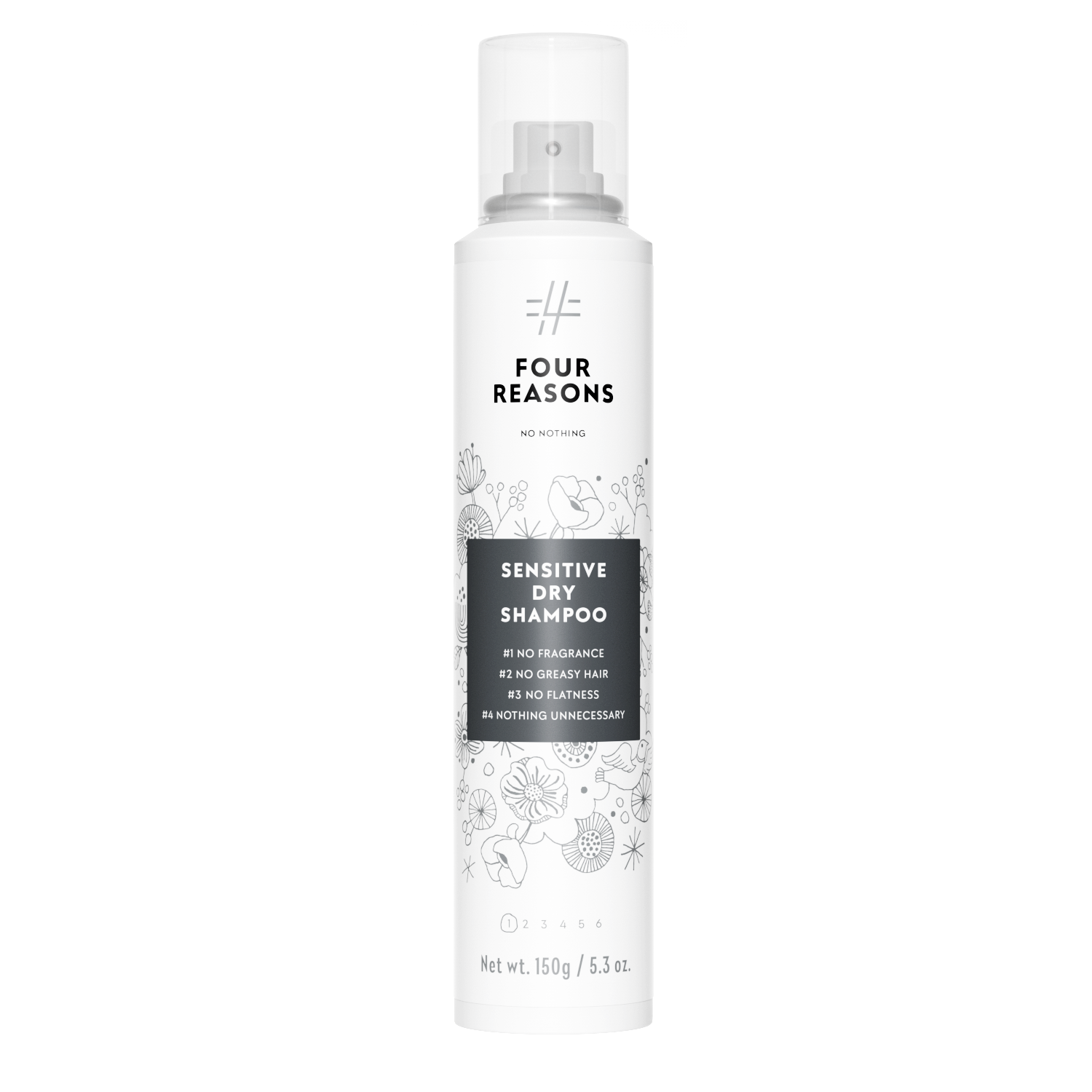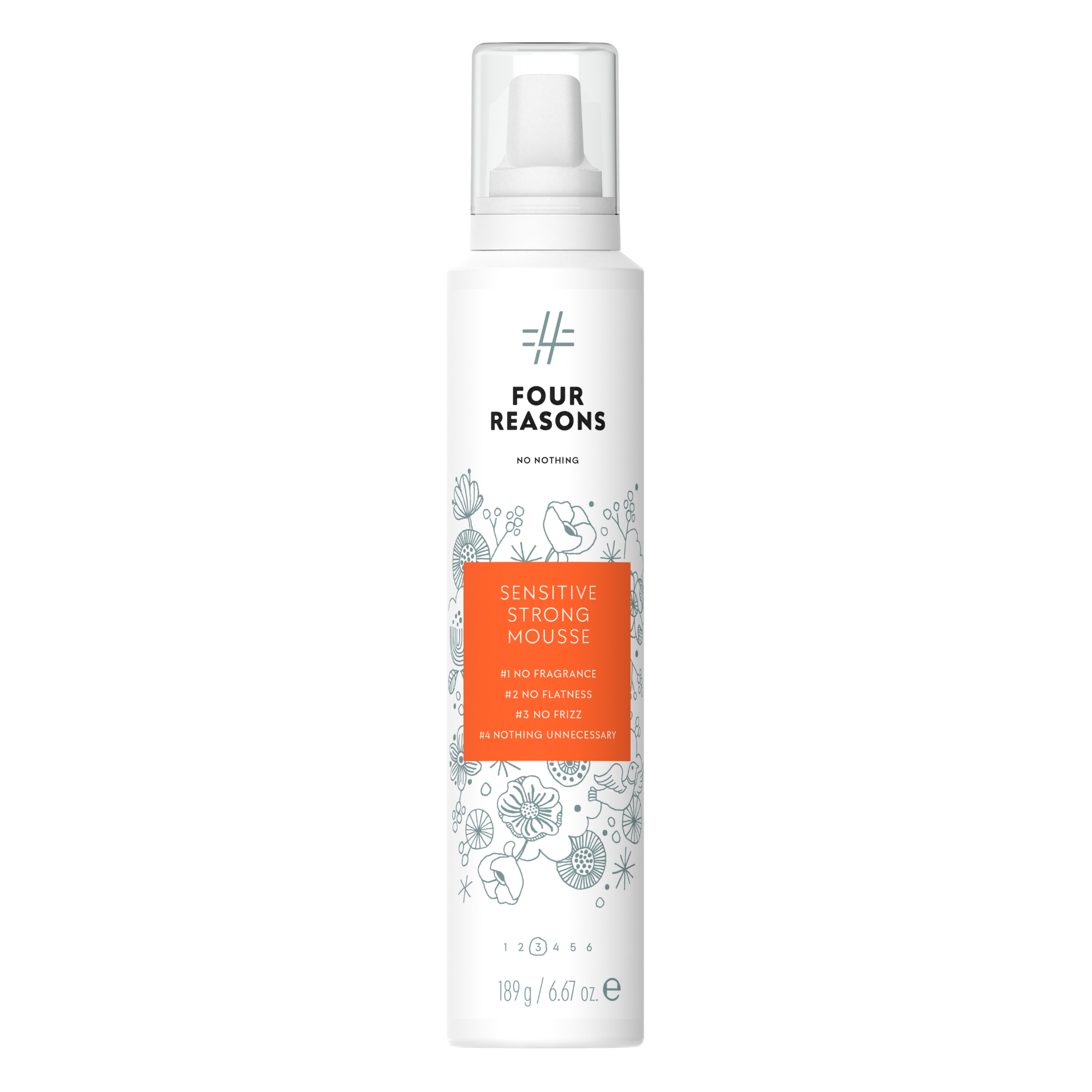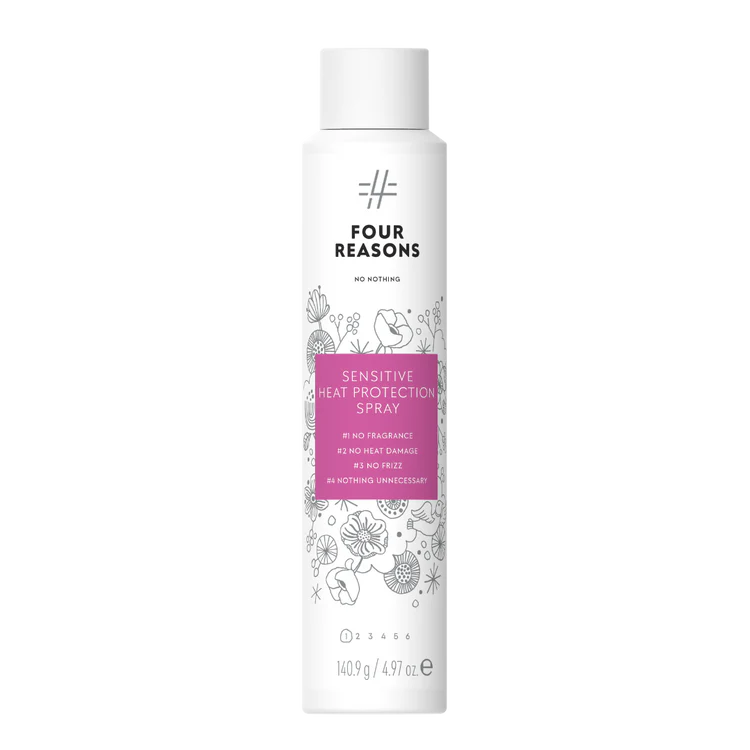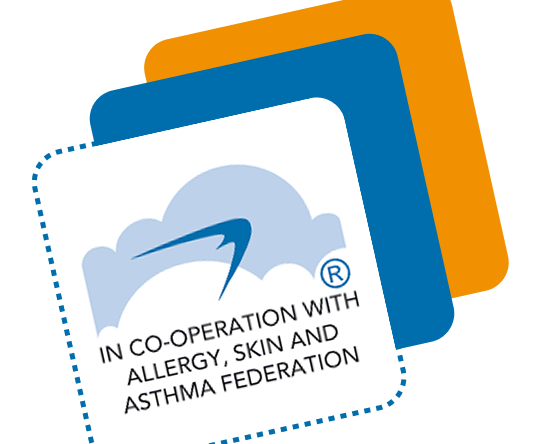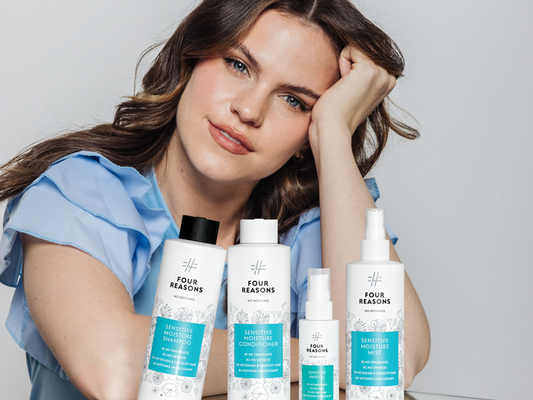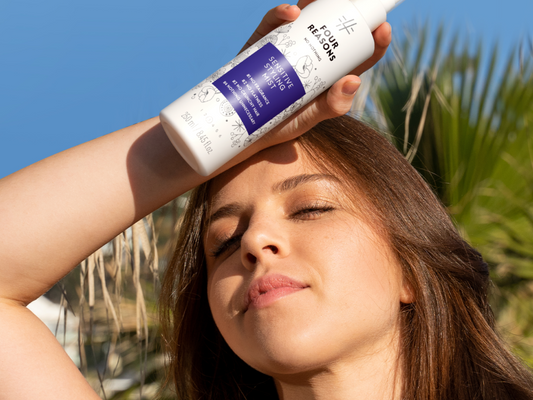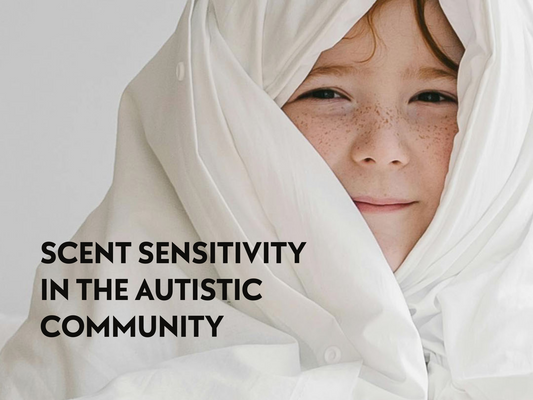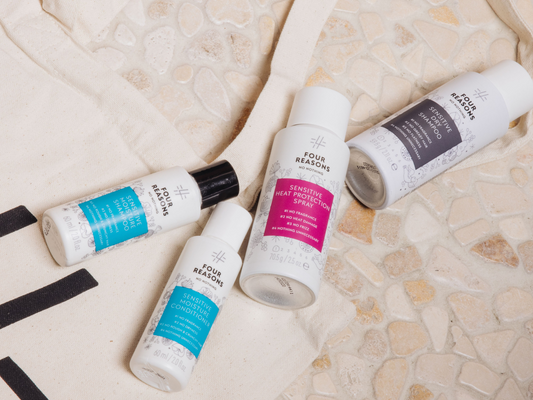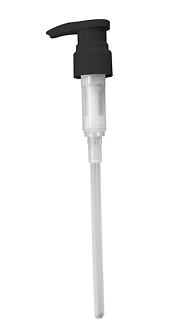Understanding and Supporting a Hidden Sensory Challenge
For many autistic individuals, navigating everyday environments comes with unique sensory experiences that often go unnoticed by neurotypical people. One of the lesser-discussed but deeply impactful sensitivities is olfactory sensitivity—a heightened awareness of scents and odors.
What is Scent Sensitivity?
Olfactory sensitivity means that a person can detect and experience smells more intensely than the average individual. For those on the autism spectrum, this can transform seemingly ordinary scents—like perfume, cleaning agents, or even food—into overwhelming or distressing sensory experiences.
Imagine walking into a room and being instantly hit with the sharp sting of bleach or the overpowering sweetness of air fresheners. For someone with scent sensitivity, this isn't just unpleasant—it can trigger headaches, anxiety, nausea, or even shutdowns and avoidance behaviors. In crowded places like malls, public transport, or offices, the constant swirl of different scents can become too much, too fast.
The Everyday Impact
What may be a mild aroma to one person can be a major stressor for someone with autism. Perfumes, scented lotions, incense, smoke, body odor, or heavily seasoned food can make social interactions and daily routines incredibly challenging. As a result, some individuals may start to avoid certain environments altogether, leading to social isolation, missed opportunities, or being misunderstood by those around them.
How We Can Support Autistic Individuals with Scent Sensitivity
Creating inclusive and accessible spaces doesn’t have to be complicated. Here are three practical ways we can show support:
1. Create Fragrance-Free Environments
Opt for unscented personal care and cleaning products whenever possible. Encourage workplaces, classrooms, healthcare settings, and public spaces to adopt fragrance-free policies to minimize sensory overload for those who are scent-sensitive.
2. Ensure Proper Ventilation
Good air flow makes a big difference. Open windows when possible, use fans, or invest in HEPA-filter air purifiers to help disperse lingering smells. Allow people to step away or take breaks if a scent in the environment becomes too strong.
3. Educate and Advocate
Raising awareness is key. Share information about scent sensitivity with friends, coworkers, and community leaders. Encourage organizations and event planners to consider scent-free accommodations in the same way they would for physical accessibility. Inclusion starts with understanding.
Final Thoughts
Scent sensitivity in the autistic community is real, valid, and often overlooked. With a few thoughtful adjustments, we can help reduce sensory distress and create environments that are not only more comfortable but also more inclusive for everyone.
By acknowledging sensory differences and listening to autistic voices, we take a meaningful step toward compassionate and equitable spaces—one breath at a time.



